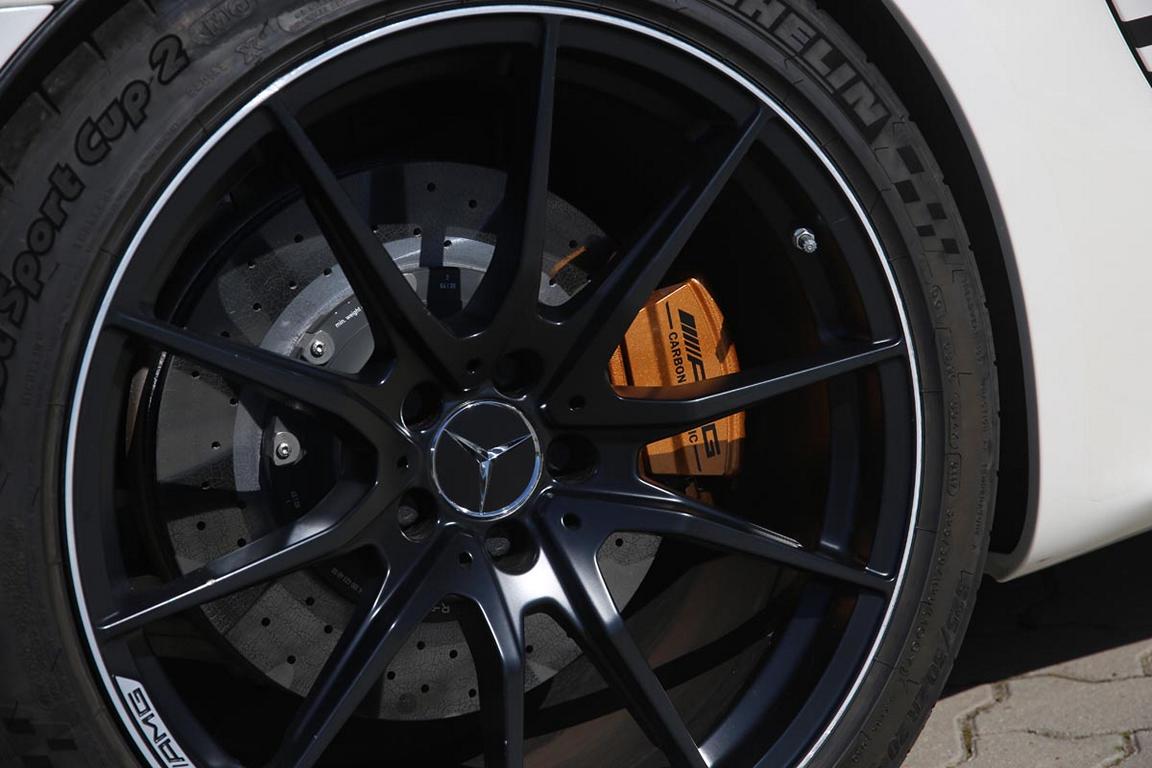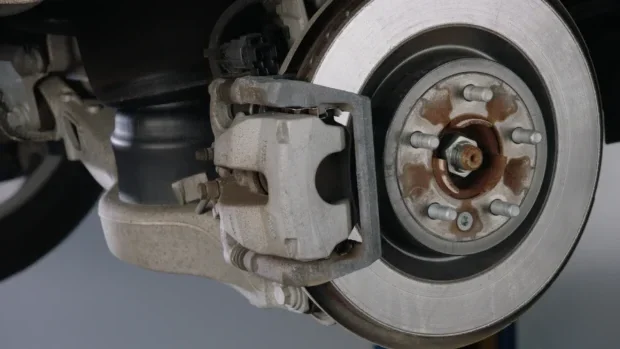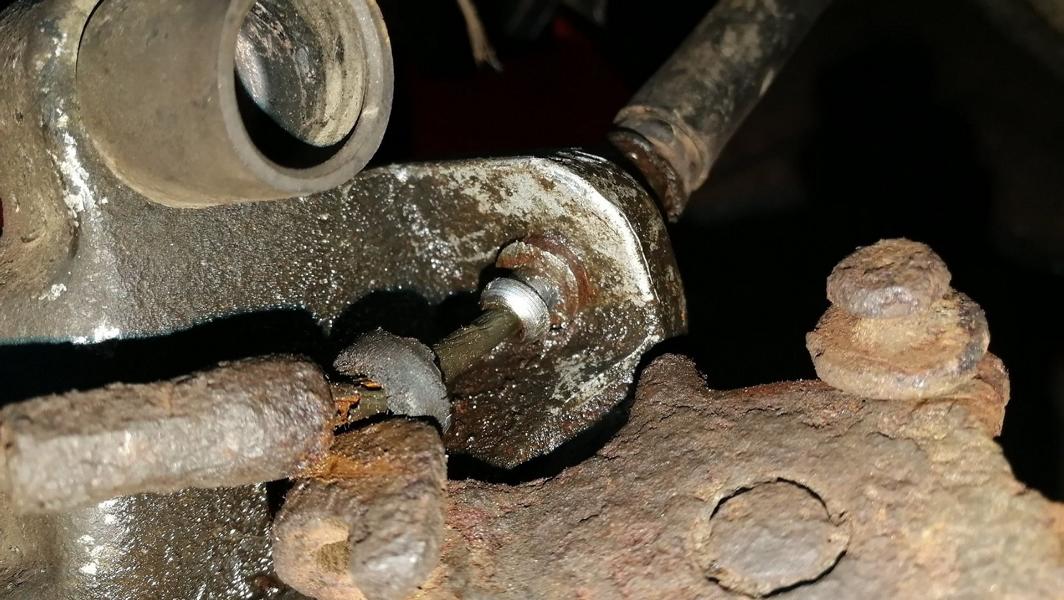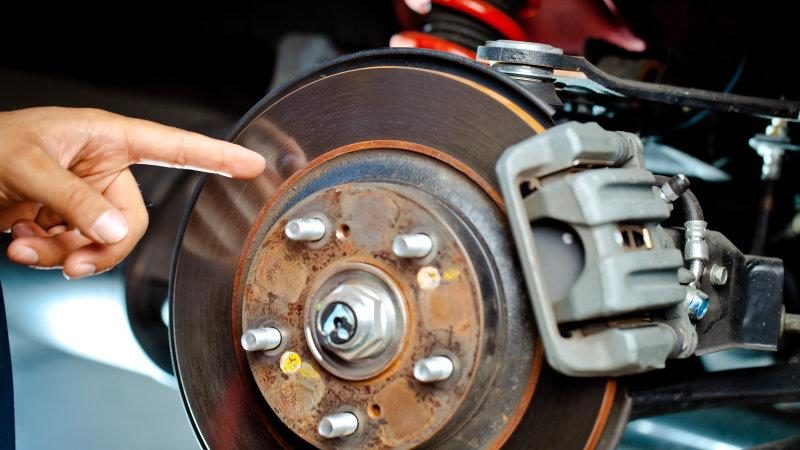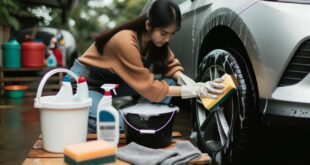The brakes are a crucial factor for car safety. Proper maintenance not only ensures that optimal braking performance, but can also extend the life of the braking system extend. Below are some technical tips and recommendations for the best possible maintenance of the brake system. At the Brake change should always be new Brake accessories be used. Reusing old parts can Braking power disturb. By installing complete Accessory kits Changing the brake pads also usually minimizes potential warranty claims and minimizes brake noise.
brake system maintenance
The Wear of brake pads can differ. If the inner brake pad is more worn than the outer, this indicates that the caliper has not retracted correctly and may waited or replaced must become. If the outer brake pad is more worn, fasteners block the saddle. In such cases, the fasteners should be replaced and the sliding surfaces lubricated.
The brake fluid is an often overlooked but essential aspect of maintenance. It should have a dry boiling point of 200 °C or darunter it must be replaced. Values below 180 ° C are really dangerous. Regardless of the age or mileage of the vehicle, regular inspection is essential brake fluid so essential. Further, the use of diagnostic equipment can help ensure optimal performance of the braking system.
When do you recognize a need for maintenance?
The vehicle's braking system shows several signs when it needs service or repair, including Scoring on the friction ring surface, uneven wear and rusted friction ring surfaces. These are signs that the brake system needs maintenance. In order to resolve the problems and their possible effects, it is crucial to carry out regular checks and maintenance and to address any uncertainties be sure to contact an expert.
FAQ: Brake system maintenance
- Do I always have to use new brake accessories?
- Yes. When changing the brakes, we strongly recommend new brake accessories to use. Reusing old parts can negatively affect braking performance.
- Why is my inner brake pad more worn than the outer (or vice versa)?
- If a inner brake pad If the brake caliper is more worn, it may need to be serviced or replaced. Is the outer brake pad If it becomes more worn, the fasteners should be replaced and the sliding surfaces lubricated.
- How can I tell if the brake fluid needs to be removed?
- Brake fluid with one Dry boiling point of 200°C or below should be replaced. A value below 180 °C is particularly critical and requires immediate action.
- How often should I check the brakes?
- It is recommended to every workshop visit carry out a brake test.
- Why should I use a diagnostic device?
- A pair of diagnostic device helps ensure optimal performance of the braking system.
- Should I have my brakes serviced at a specialist workshop?
- Yes! A regular workshop visits is crucial for brake maintenance.
- How often does the brake fluid need to be changed?
- The brake fluid should according to manufacturer specifications replaced and the brake system flushed out.
- What are the causes and recommendations for specific brake problems?
- Scoring on friction ring surface: Dirt particles are often the cause. When changing the discs, also replace the pads.
- Different wear and tear: Causes include uneven function of the brake caliper. Brake caliper guides and wheel hub should be checked when installing new brake discs.
- Blue colored surface: Overheating is the main problem. The entire brake system should be checked.
- Pressure points on the contact surface: Damage caused by contamination is often to blame. Before installing new brake discs, the contact surface and wheel hub should be cleaned.
- Rusted friction ring surface: Corrosive media can lead to this. Affected parts should be replaced.
Further key points: Maintenance of the brake system
- hand brake: Regular checking and adjustment ensures optimal function.
- Brake Lines: Check for corrosion or damage and replace if necessary.
- Air in the brake system: May affect effectiveness. It is recommended to bleed the brake system.
- Brake hoses: Should be checked for cracks, aging or other damage.
- ABS system (anti-lock braking system): Periodic functional check to ensure it is working correctly.
- Brake pad thickness: Do not fall below the minimum thickness, regular inspection is necessary.
- Brake discs: Check for distortion, cracks or excessive wear.
- Brake dust: Regularly remove accumulations from rims and brake parts to ensure functionality and appearance.
- Pedal travel: Long or spongy pedal travel can indicate problems with the braking system.
- brake-lights: Check functionality regularly as they react to brake application.
- Warning symbols on the dashboard: Illuminated symbols or warning messages regarding the braking system in the vehicle should be taken seriously and checked immediately.
- Brake fluid level: Periodic checking and topping up when the level is too low.
- Brake system cooling: Brakes can overheat when driving sportily or in mountainous areas. It's important to give them time to cool down.
- Electronic braking systems: Modern vehicles have advanced braking systems such as electronic brake force distribution (EBD) or brake assistants. These systems should also be checked periodically.
- Umweltfaktoren: Brakes in regions with a lot of salt or extreme humidity can corrode more quickly. Additional care and maintenance may be required here.
thematically relevant posts
In our category Tips, products, information & Co We have reviews of car or accessories manufacturers, new ones Tuning Wiki Terms or one or the other Leak veröffentlicht.
|
The best steering wheel cover: this is what you should consider before buying! |
 tuningblog.eu Your magazine about tuning the car
tuningblog.eu Your magazine about tuning the car
